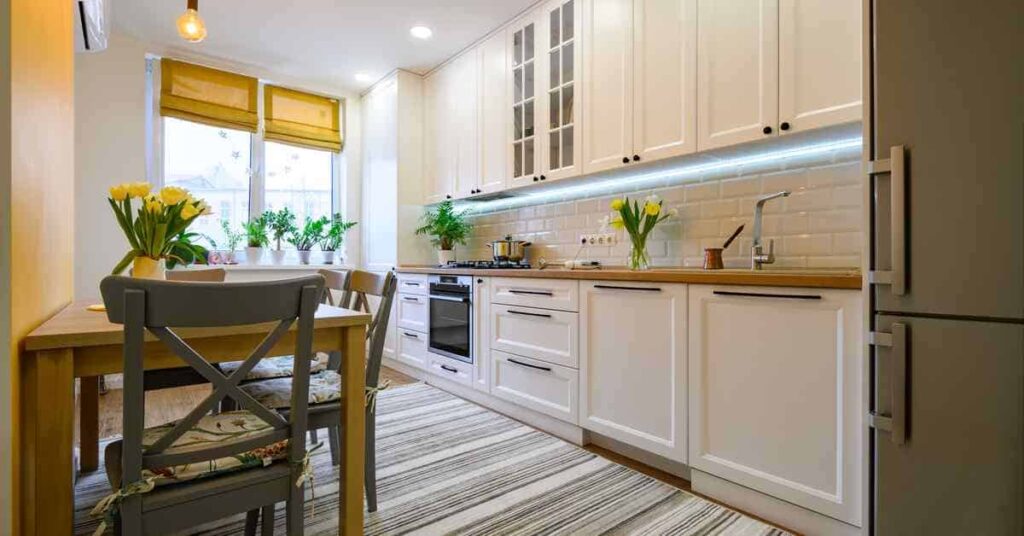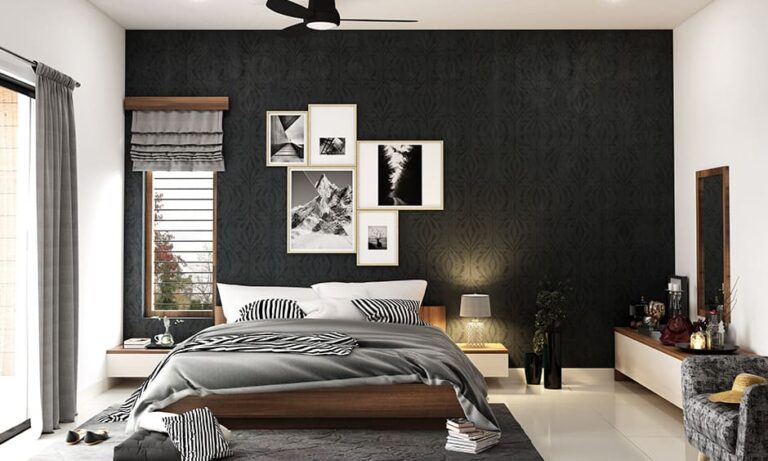Introduction: A 12×16 shed offers ample space for storage, a workshop, or even a cozy backyard retreat. Building your own shed not only saves you money but also allows you to customize it to fit your specific needs and style. This guide will walk you through the steps to design and construct a 12×16 storage shed, from planning and preparation to construction and customization.
1. Planning and Permits:
Before you break ground, it’s crucial to plan properly. Determine the primary use of the shed—will it be for storage, a hobby room, or perhaps a garden office? This will influence the design features you include, such as windows, shelving, and electrical fittings. Check with your local building authority to find out if you need a permit. Ensuring compliance with local codes can save you from costly mistakes and legal issues later on.
2. Choosing the Right Location:
Select a location that is level and accessible. Consider the path of sunlight throughout the day; you might want natural light if you’re using the shed as a workspace. Make sure the site is not prone to flooding and is away from large trees whose roots can disrupt the foundation.
3. Foundation and Flooring:
A solid foundation is key to the longevity of your shed. For a 12×16 shed, a concrete slab foundation or pressure-treated timber frame are popular choices. Concrete provides a sturdy, permanent base, while timber frames are less expensive and easier to install. Ensure the foundation is level and square before proceeding.
4. Framing Your Shed:
The frame is the skeleton of your shed, so it’s important to get this right. Use treated lumber to resist moisture and decay. Start with the floor frame, followed by the walls, and finally the roof. Use detailed plans to cut all components to size and assemble them with galvanized screws for durability.
5. Roofing:
The roof protects your shed from the elements. A gable roof is a popular choice for its simplicity and effective drainage. Choose durable roofing materials like asphalt shingles or metal roofing. Ensure the roofing structure has enough overhang to protect the walls from rain.
6. Siding and Exterior Finish:
The siding not only defines the look of your shed but also provides protection from weather. Vinyl, wood, and metal are common choices, each with their own benefits and aesthetic appeal. Consider what matches your house or garden setting best.
7. Doors and Windows:
Position doors and windows based on how you plan to use the shed. If you need to move large equipment in and out, a double door might be necessary. Windows enhance natural light and ventilation, making the interior more pleasant and reducing mildew risk.
8. Interior Layout and Storage Solutions:
Plan the interior based on functionality. Install built-in shelves, workbenches, and hooks to maximize storage space and maintain organization. For sheds used as workshops or living spaces, consider insulation, drywall, and possibly plumbing or electrical systems.
9. Finishing Touches:
Personalize your shed with paint, trim, and other decorative elements that reflect your style. Landscaping around the shed can integrate it into the garden and enhance its appearance.
10. Maintenance:
Once your shed is completed, regular maintenance is important to ensure it remains in good condition. Check annually for any signs of wear or damage, particularly in the roof and foundation.
Conclusion:
Building a 12×16 shed is a rewarding project that can enhance your property’s value and functionality. With careful planning, the right tools, and attention to detail, you can construct a shed that meets your needs and lasts for years. Remember, the key to a successful build is preparation and not rushing through the steps. Enjoy the process, and soon you’ll have a shed that’s both functional and a joy to use.















